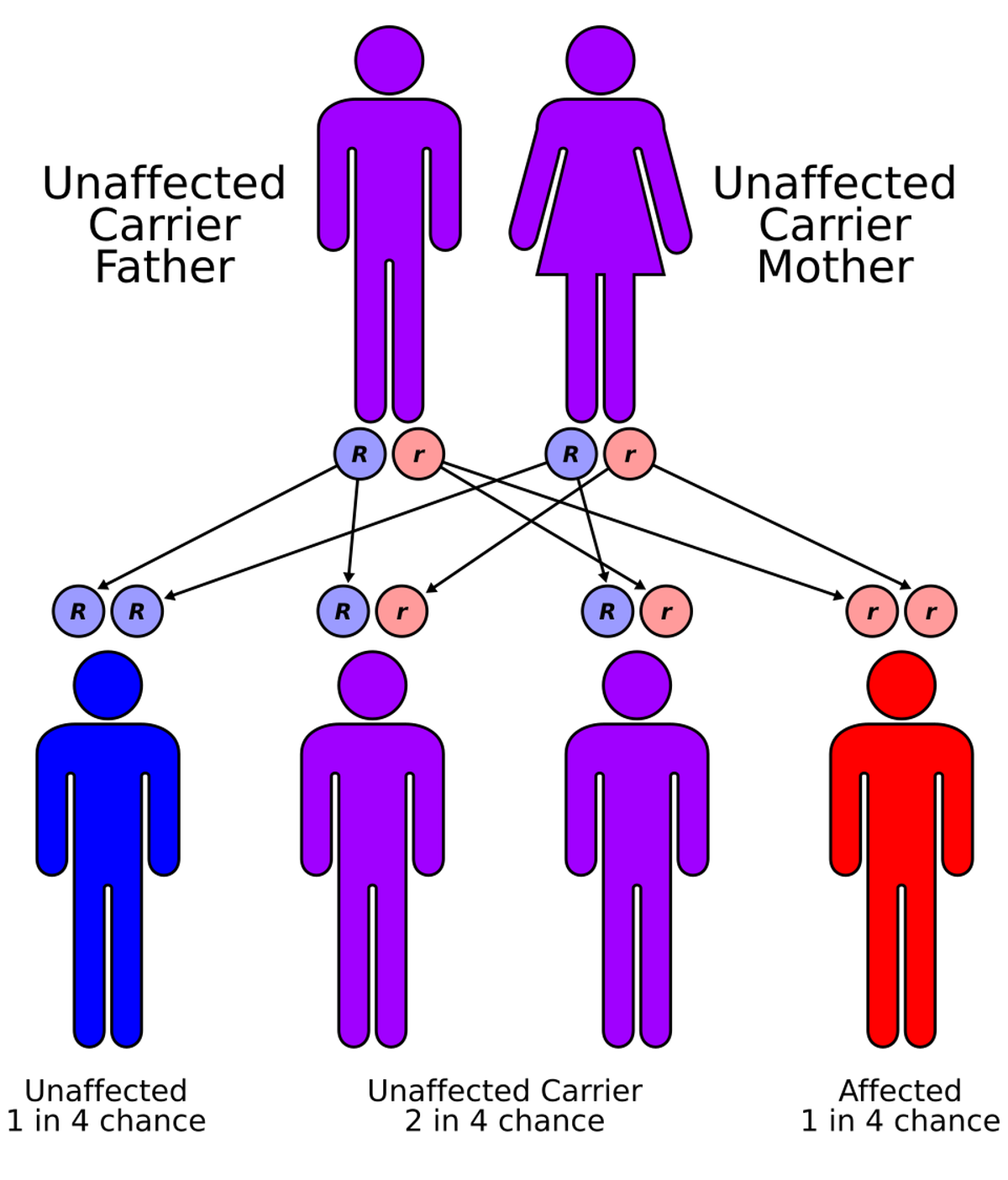Lafora disease is a rare but serious disorder that significantly impacts the lives of those who have it. While there is currently no cure, research into potential treatments is ongoing. For now, managing the disease with medications, therapies, and supportive care is the best way to improve the quality of life for individuals with it, say studies.
Given its rarity, it’s important for both doctors and families to be aware of the signs and symptoms of Lafora disease. Early diagnosis can help with planning care and offering the right support, even though treatment options are limited. Here is all you need to know about Lafora disease:
What is Lafora disease?
Lafora disease is a rare and serious genetic disorder that affects the brain and nervous system. It belongs to a group of conditions known as progressive myoclonic epilepsies (PMEs). These diseases cause seizures, loss of motor skills, and mental decline. Lafora disease usually begins in adolescence, typically between the ages of 10 and 18, and worsens quickly, leading to a severe decline in quality of life. The disease is caused by the buildup of abnormal structures called Lafora bodies in the brain and other tissues, which interfere with normal brain function.
It is said that the disease derives its name from Spanish neuropathologist Gonzalo Rodríguez Lafora, who first documented it in an adolescent patient who was experiencing progressive myoclonic epilepsy.
What causes Lafora disease?
Lafora disease is inherited in an autosomal recessive manner. This means that a person must inherit two faulty copies of a gene — one from each parent — to develop the disease. The main genes involved are EPM2A and NHLRC1 (ie EPM2B). These genes are responsible for making proteins that help manage glycogen, a type of sugar used by the body for energy. When either of these genes has a mutation, glycogen builds up in the form of Lafora bodies, which causes damage to cells in the brain.
The EPM2A gene makes a protein called laforin, and the NHLRC1 gene makes a protein called malin. Both proteins are involved in regulating how glycogen is processed. When these proteins don’t function properly, the glycogen that is meant to be used for energy accumulates in an abnormal form. This buildup harms neurons and causes the symptoms seen in Lafora disease.

It is said that the disease derives its name from Spanish neuropathologist Gonzalo Rodríguez Lafora, who first documented it in an adolescent patient who was experiencing progressive myoclonic epilepsy.
| Photo Credit:
By Unknown author – Stephen Ashwal. The Founders of Child Neurology. Norman Publishing 1990 ISBN 0930405269, Public Domain, https://commons.wikimedia.org/w/index.php?curid=4025149
What are the symptoms of Lafora disease?
The symptoms of Lafora disease usually start in adolescence and progress quickly. Seizures are often the first sign of the disease. These begin as myoclonic seizures, which cause sudden jerking movements of the muscles. Over time, the seizures become more severe, progressing into generalised tonic-clonic seizures, where the person loses consciousness and experiences violent muscle spasms. These seizures can significantly affect a person’s ability to perform daily tasks and can be dangerous if not controlled.
As the disease progresses, cognitive decline becomes more noticeable. People with Lafora disease often struggle with memory, learning, and concentration. They may find it difficult to keep up with their schoolwork, and social interactions can become increasingly challenging. In some cases, individuals may show personality changes, such as irritability, mood swings, and a lack of motivation. These cognitive and behavioural changes can be distressing for both the patient and their family members.
Another common symptom is movement problems. A case report published in the Journal of Medical Case Reports by Naim Zeka et al. in 2022 highlights that as Lafora disease progresses, individuals often develop ataxia — a loss of coordination that severely affects their ability to control body movements. This can turn everyday activities like walking or eating into major challenges. Over time, the affected individual may lose the ability to walk independently and will require a wheelchair for mobility. Tremors are also common and can make it harder to perform tasks that require fine motor skills.
In the later stages of Lafora disease, people often develop difficulty swallowing. This condition, known as dysphagia, can lead to choking and malnutrition because the person is unable to swallow food and liquids properly. Swallowing problems are also a risk factor for aspirationpneumonia, a serious lung infection that occurs when food or liquids are inhaled into the lungs instead of being swallowed.
Additionally, many people with Lafora disease show psychiatric symptoms. These can include depression, anxiety, and mood disorders. As the disease progresses, irritability and aggression may become more pronounced. These symptoms can complicate the management of Lafora disease, as they may be mistaken for other mental health conditions, leading to misdiagnosis or delayed treatment.
How is Lafora disease diagnosed?
Diagnosing Lafora disease involves several steps. Doctors will usually start by looking at the patient’s symptoms and family history. Since Lafora disease shares many symptoms with other types of epilepsy and neurological disorders, it can be hard to diagnose at first. To confirm the diagnosis, doctors may look for Lafora bodies in tissue samples. These can be obtained through a skin biopsy or, less commonly, post-mortem brain tissue. The presence of Lafora bodies helps confirm the disease.
Genetic testing is the most reliable way to diagnose Lafora disease. It can identify mutations in the EPM2A or NHLRC1 genes, which cause the disease. Testing is particularly important because it can help rule out other conditions that cause similar symptoms.

Lafora disease is inherited in an autosomal recessive manner. This means that a person must inherit two faulty copies of a gene — one from each parent — to develop the disease
| Photo Credit:
By en:User:Cburnett – Own work in Inkscape, CC BY-SA 3.0, https://commons.wikimedia.org/w/index.php?curid=1840082
Can Lafora disease be treated?
Currently, there is no cure for Lafora disease, and treatment mainly focuses on managing symptoms. According to a 2023 paper published in the Journal of Biosciences, Indian Academy of Sciences, ‘Lafora progressive myoclonus epilepsy: Disease mechanism and therapeutic attempts’, by biologists Rashmi Parihar and Subramaniam Ganesh from Indian Institute of Technology, Kanpur, the current clinical management approaches consist of the administration of anti-epileptic medications, including valproic acid, phenobarbital, felbamate, and benzodiazepines, with the primary objective of reducing the intensity and occurrence rate of seizures.
Other treatments, like physical therapy, speech therapy, and nutritional support, can help manage some symptoms and improve quality of life. However, they do not stop the disease from getting worse.
Research into new treatments, including gene therapy and drugs that could prevent the buildup of Lafora bodies, is ongoing. While there is hope for future treatments, no breakthroughs have been made yet, and the disease remains challenging to manage.
What is the prognosis for someone with Lafora disease?
Lafora disease is progressive and usually fatal. Most people with Lafora disease die within 10 years of the first symptoms. The disease progresses quickly, and affected individuals often lose the ability to walk, speak, and take care of themselves. The age at which symptoms start and how quickly the disease progresses can vary from person to person. However, the outcome is generally the same: severe disability and eventual death.
What is the situation of Lafora disease in India?
Its prevalence in India is low, as is global incidence, though there is limited data on the exact number of cases. Due to its rarity, Lafora disease is often underdiagnosed or misdiagnosed, especially in rural areas where access to specialised genetic testing and healthcare may be limited.
In India, there have been some reported cases, particularly in regions where consanguineous marriages (marriage between close relatives) are more common. Since Lafora disease is inherited in an autosomal recessive manner, consanguinity increases the likelihood of two carriers passing on the defective gene to their child, making these communities more susceptible to rare genetic disorders like Lafora disease.
For example, some studies in Indian populations have indicated that genetic diseases related to epilepsy are more prevalent in certain regions due to this factor. Genetic counselling and early detection are crucial in such areas to reduce the risk of passing on genetic conditions.
Efforts are underway to raise awareness among healthcare professionals so that early diagnosis and intervention can be provided, improving the quality of life for those affected.
Published – May 11, 2025 01:48 pm IST

